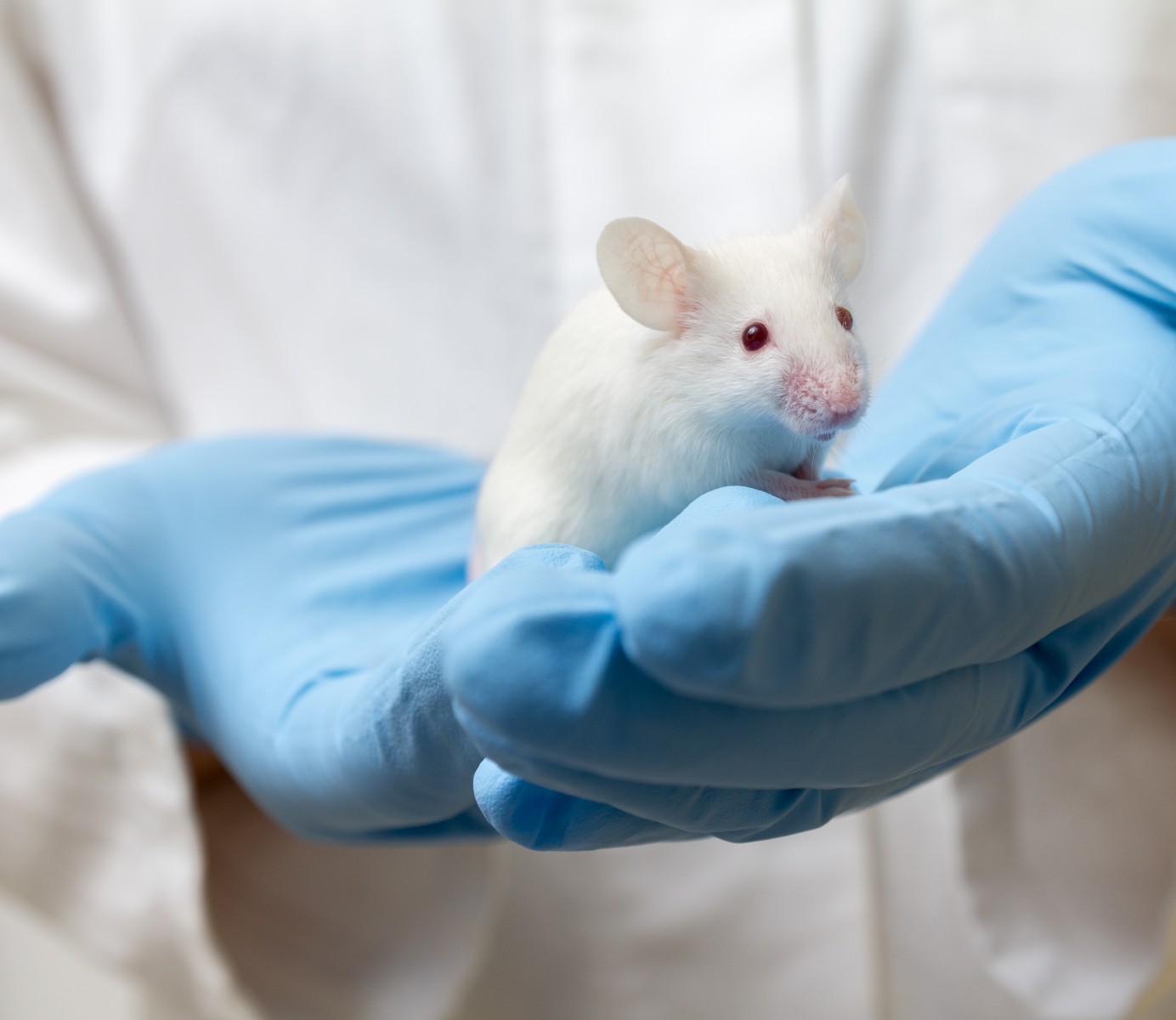Celiprolol, Not Losartan, Improves Aortic Strength in Mouse Model of vEDS

Celiprolol, a therapy that improves heart rate and reduces blood pressure, can strengthen the aortic walls in a mouse model of vascular Ehlers-Danlos syndrome (vEDS), preventing the aorta from rupture, according to an animal study.
Results from the study, “Celiprolol but not losartan improves the biomechanical integrity of the aorta in a mouse model of vascular Ehlers-Danlos syndrome,” were published in the journal Cardiovascular Research.
vEDS is characterized by fragility of connective tissue structures, including the aorta (the largest artery in the body). Still, no targeted therapies are available to treat the condition.
A previous clinical study with the β-blocker celiprolol (a medication used to improve heart rhythm) showed a lowered risk of arterial rupture in patients with COL3A1 mutations (the genetic cause of vEDS). However, it remains unclear whether the beneficial effect seen was induced by the control of blood pressure and heart rate (typical for β-blockers), or by biomechanical integrity (strengthening) of the arterial walls.
Similar to β-blockers, losartan is also used as a treatment to reduce blood pressure. The therapy is often used to treat Marfan syndrome, a condition with vEDS-overlapping characteristics. Still, the therapeutic role of losartan in vEDS remains elusive.
To evaluate the effect of celiprolol and losartan on the biomechanical strengthening of the aorta, researchers studied the impact of the two inhibitors in animal models of vEDS.
The study used a vEDS mouse model (known as Col3a1m1Lsmi/+) with one of two chromosomes carrying the normal Col3a1 gene (no mutation; depicted as “+”) and the other one carrying a mutation (depicted as “m1Lsmi”) producing a shorter variation of the Col3a1 protein. Normal mice without mutations served as controls.
The investigators assessed aortic strength (maximum stretching force) after treatment with the two inhibitors by isolating sections of the thoracic aorta, and stretching them at a constant speed until rupture.
First analyses of the aorta and skin showed lower amounts of collagen in Col3a1-mutant mice (consistent with vEDS disease) compared with control mice. Apart from lower collagen levels, Col3a1-mutant mice aorta showed delayed and reduced reorienting and alignment upon stretching.
The aorta from Col3a1-mutant mice also showed a significantly impaired capacity to withstand external force (rupture force), compared with aorta from control mice.
Researchers next tested changes in aortic integrity by treating mice with celiprolol or losartan, and comparing the results with doxycycline treatment (an antibiotic known to reduce collagen degradation and aortic lesions in mouse models).
They found that four weeks of treatment with celiprolol resulted in a significant increase of rupture forces in the descending aorta-sections (running from the aortic arch down to the chest and abdomen) isolated from Col3a1-mutant mice.
Although not significant, the team found a similar trend in the ascending aorta-sections (closest to the left ventricle of the heart).
The reinforcement of the aorta observed in the Col3a1-mutant mice treated with celiprolol was similar to the one observed in doxycycline-treated mice, and comparable to Col3a1 control mice.
In contrast, a four-week treatment with losartan did not result in significant increases in aortic strength.
The researchers also tested long-term treatment with losartan (eight weeks) to test a possible slower effect of the therapy, but the time extension did not significantly improve the aortic rupture force.
“Taken together, we demonstrated in a mouse vEDS model that celiprolol rather than losartan beneficially impacts the biomechanical integrity of the thoracic aorta, providing evidence for celiprolol as medical therapy of choice in vEDS,” the researchers stated.
The team suggested that “there is a need to rethink the current paradigm that a medical therapy may be of benefit in phenotypically similar diseases but rather to consider the disease-underlying molecular mechanisms.”
In light of the obtained results using mouse models, the researchers argued that doxycycline, being a broad-spectrum antibiotic associated with extensive side effects, is a suboptimal choice for lifelong treatment of vEDS patients. Instead, they propose further validation of celiprolol, considering the similar effects observed on aortic strength between the inhibitor and doxycycline, and its milder side effects.






